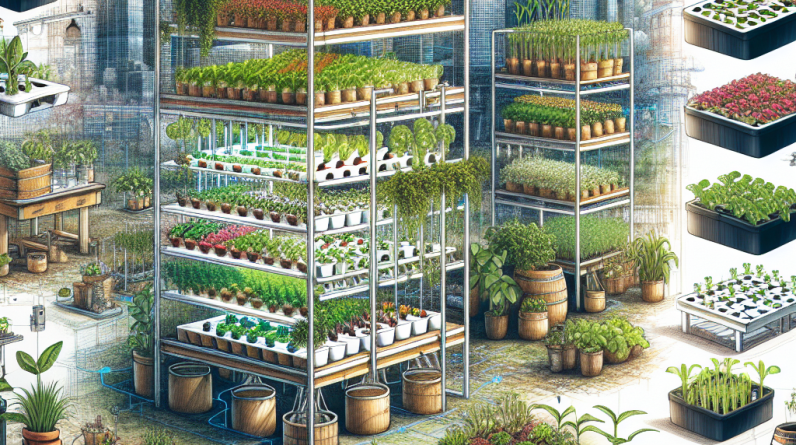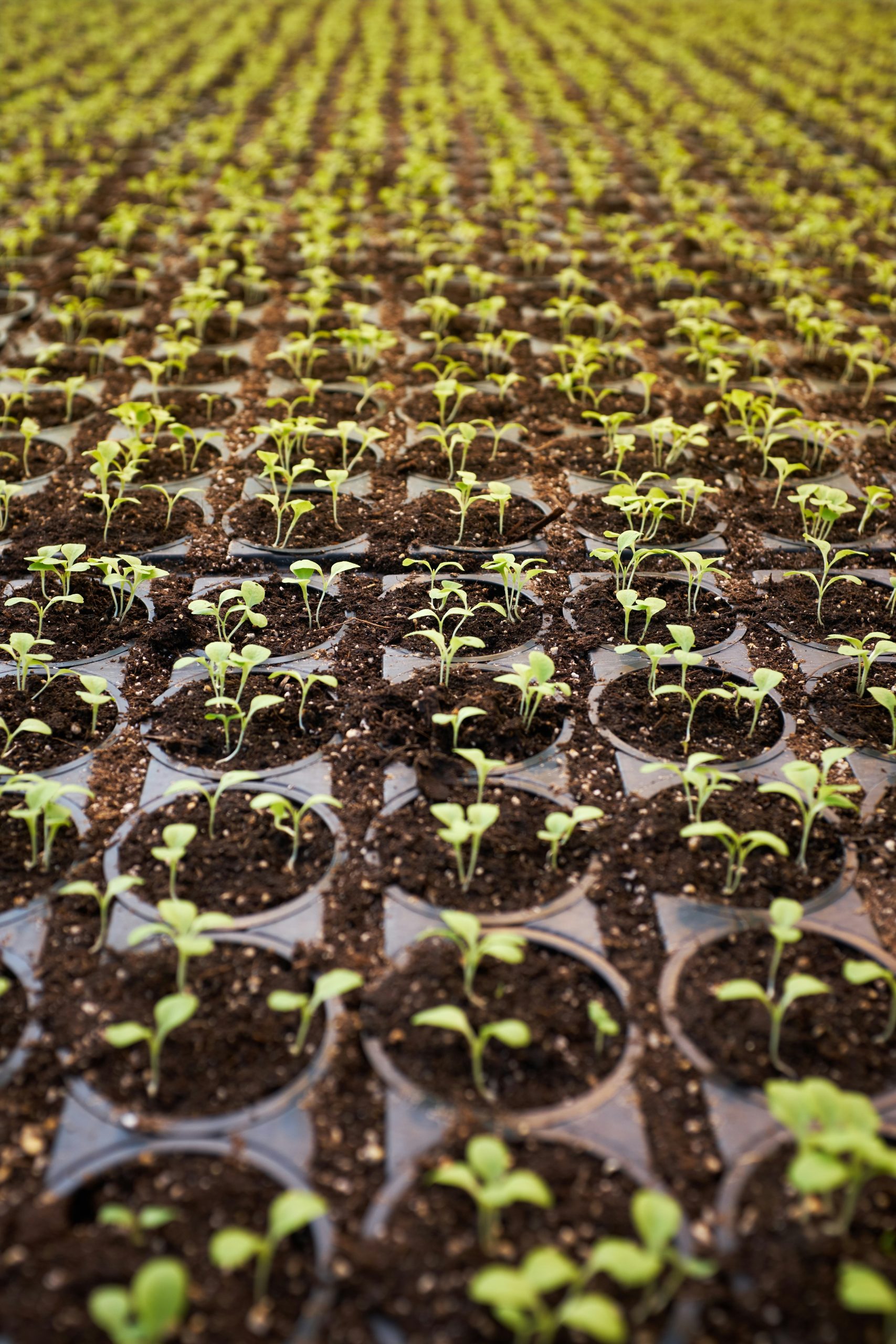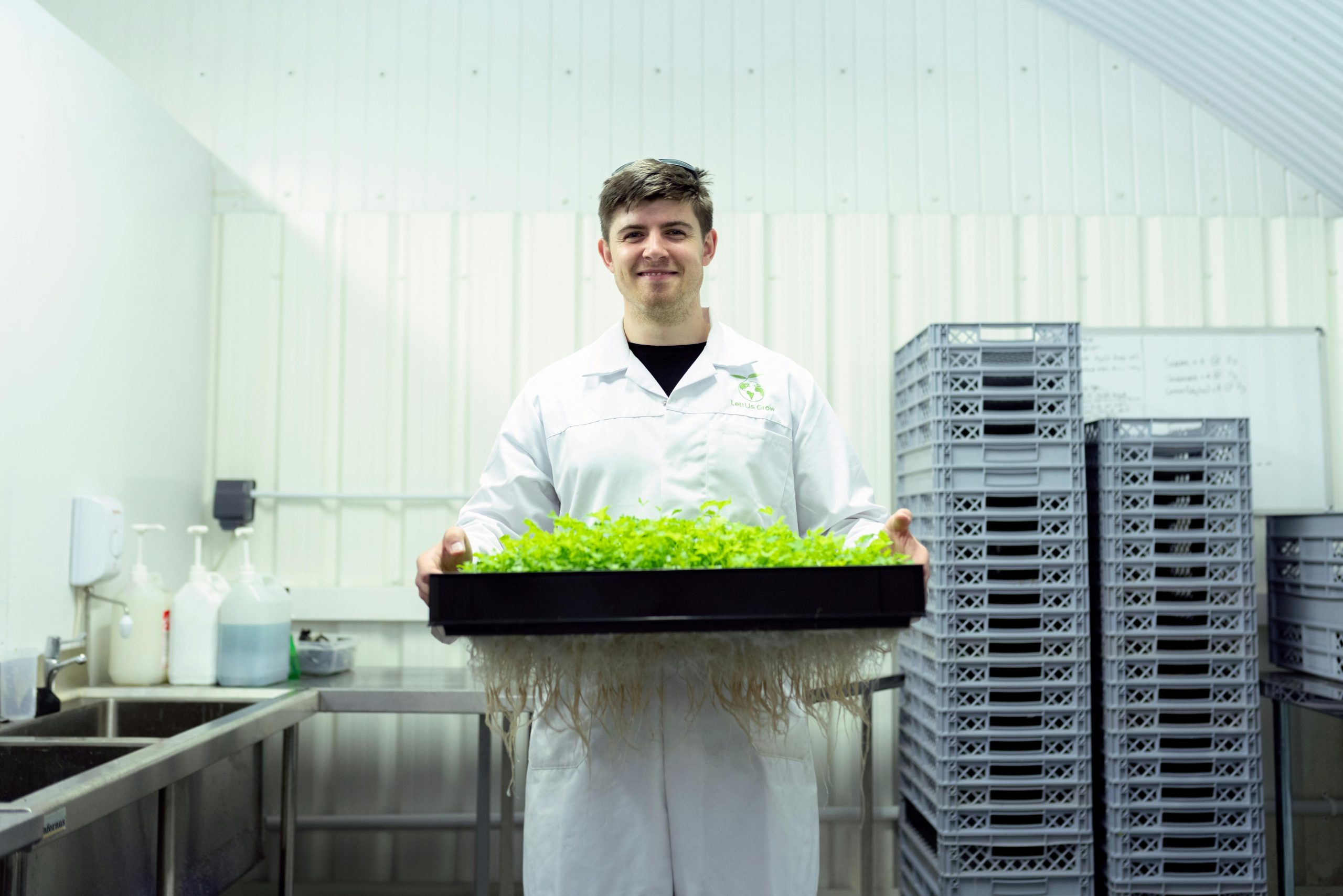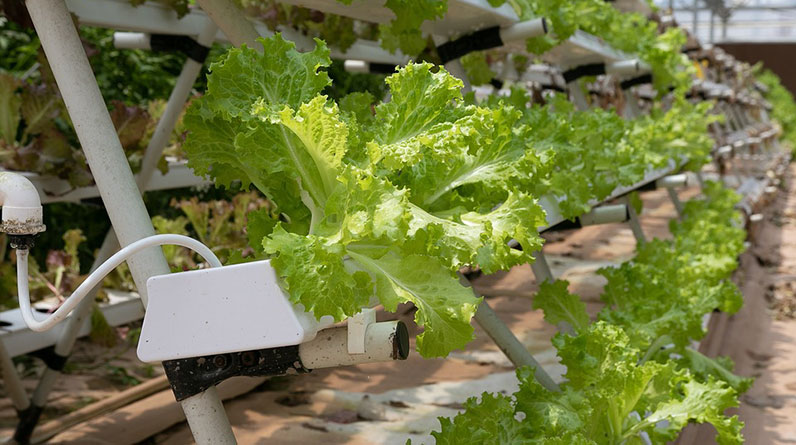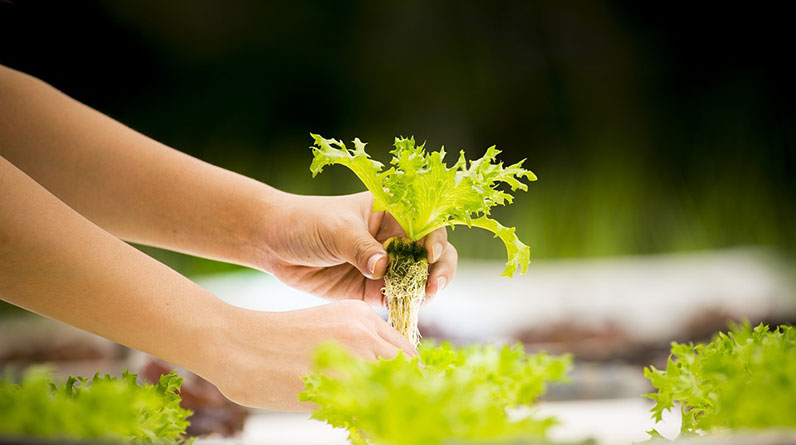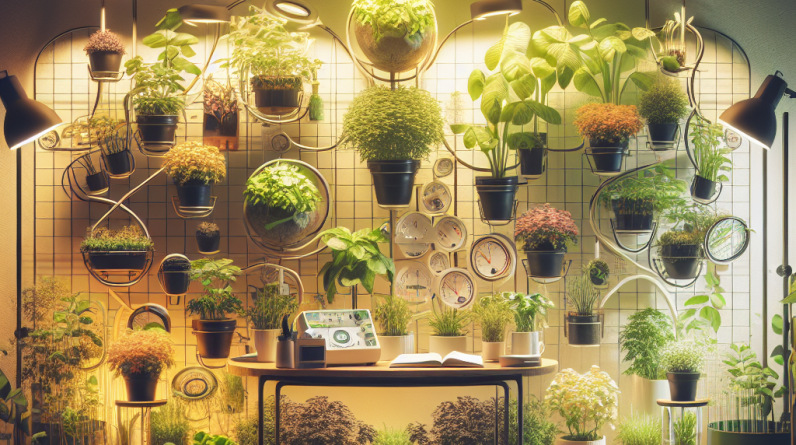
Choosing the Right Plants
Understanding Your Space
When I first ventured into indoor gardening, it was all about making the most of my limited space. You may not have a sun-soaked porch or sprawling garden, and that’s okay! The goal here is to assess how much light, humidity, and temperature your indoor space provides. Trust me, picking plants that thrive in your unique environment is key. I started with pothos and snake plants, which are forgiving for beginners.
Also, think about where you’re placing these plants. A bright windowsill, a corner shelf with indirect light, or even a bathroom that has good humidity can shape your plant choices. I’ve learned through trial and error which spots work best for my collection. Place your plants in a location that suits their needs—don’t force them into conditions they won’t like!
Remember that plant care is personal. What worked for me might not work perfectly for you, but by checking on your plants and studying their responses, you’ll find a comfortable coexistence.
Selecting Low-Maintenance Options
Now let’s be real—life gets hectic. That’s why my go-to plants have always been the sturdy ones that don’t demand constant attention. Think spider plants and peace lilies! These guys are pretty low-maintenance and can forgive a missed watering or two.
I also discovered that certain succulents can be divine for those who often forget to water. The trick is to look for hardy varieties that can handle iffy care. It’s like having best friends that forgive you when you’re not at your best!
Plus, you can always spread the love by swapping plants with friends. I’ve done this multiple times, and not only do you get to refresh your collection, but it’s way cheaper than a garden center haul!
Researching Growth Requirements
One of the first lessons I learned was that every plant has its own quirks. I made the rookie mistake of placing all my plants in similar conditions; it was a recipe for stress. Dig in and do your homework! Each species will thrive best in different environments, so take note of how they grow.
Over time, I’ve cultivated a small library of plant care resources. Reading about the specific needs of each plant has saved me from a lot of heartache. Consult YouTube tutorials, blogs, or even Instagram accounts dedicated to plant care—there’s a world of knowledge out there!
As you learn more, you’ll find that mixing plants with different needs can create an aesthetic that’s just stunning. Finding harmony in your indoor garden adds to the joy of your green thumb—believe me!
Creating the Perfect Environment
Lighting Setup
Good lighting is like the backbone of your indoor garden. I’m talking about bright, indirect light for leafy buddies and maybe some direct exposure for succulents. You might want to consider grow lights if you’re lacking natural sunlight. Trust me, they’ve changed my game.
When I first started, I made a spot in my living room just for my plants, right next to a window. It’s my little green oasis! And yes, I did buy some stylish grow lights, which not only helped my plants flourish but also looked pretty cool.
Also, make it a habit to observe how the light changes seasonally. Plants will teach you, so don’t ignore changes in growth or color. That’ll indicate whether they need a little more or less light.
Humidity Control
Humidity is often an underrated factor when it comes to indoor gardening. Some plants, like ferns and orchids, just love that humidity and thrive when it’s present. I noticed a big difference when I started misting my plants regularly, especially during dry winter months.
You can also get creative by placing a humidifier nearby or simply grouping plants together. They’ll help each other out! I swear it turned my living room jungle into a paradise.
Remember, keeping an eye on the moisture in the air can help prevent pests and droopy leaves. Your plants will thank you with lush greenery!
Temperature Management
This one is crucial! Most houseplants prefer a stable temperature that’s not too hot and not too cold. I made it a habit to keep my thermostat steady during different seasons, so my leafy friends have a comfortable home.
Avoid placing plants near drafts or heating vents because that inconsistency can stress them out. I’ve moved a few plants to spots that aren’t blast zones, and they’ve bounced back with such vigor!
Taking a little extra time to ensure the temperature is just right can lead to amazing growth. Pay attention to how your plants are faring through the months, and adjust as needed.
Pest Management
Identifying Common Pests
Now, let’s face it—pests can be a real party crasher in the world of indoor gardening. I’ve run into aphids and spider mites a few times, and it wasn’t pretty. The first line of defense is knowing what to look for. Always check the undersides of leaves and the stems when tending to your plants.
Learning to identify these buggers early will help you tackle the problem before it spirals out of control. I suggest keeping a magnifying glass handy; it’s a gardener’s best friend! It can make all the difference in spotting those sneaky critters right away.
Once you get the hang of this, it feels empowering to catch pests before they munch your green buddies. The relief is real, trust me!
Natural Remedies
When pests come knocking, I prefer to arm myself with natural solutions. For example, a simple soap solution or neem oil works wonders without bombarding my plants with harsh chemicals. Just a spray here and there, and you can say goodbye to those annoying pests!
I’ve developed a routine of checking my plants and using these remedies weekly. It’s not just about getting rid of pests—it’s also a way to nurture your plants and keep them happy. Building this habit has kept my indoor garden thriving!
Talking with other gardeners has also opened up a wealth of knowledge about what’s worked for them. Join a community, whether online or in person, to exchange tips and ideas on pest management!
Preventive Measures
Trust me, it’s always better to prevent pest problems than to tackle an infestation. I learned this the hard way! One of my best practices is ensuring that I’m keeping the area clean—think dusting leaves, cleaning pots, and removing dead or diseased foliage.
Also, rotating the pots can help. This allow every plant to equally soak up sunlight and minimizes pest attraction. It may seem like a small task, but it goes a long way!
Keep a regular check-in schedule. Just giving your plants some TLC regularly will do wonders for their health and stave off any unwanted guests.
Maintaining Your Indoor Garden
Watering Techniques
Watering is the backbone of plant care, and it can be a tricky balancing act! I’ve learned that it’s important to observe your plants and understand when they need a drink. Overwatering is a common problem, and trust me, it can lead to some sad plants laying on their backs!
One simple trick that works for me is the finger test. Just poke your finger into the soil about an inch down. If it’s dry, you know it’s time to water. If it’s still moist, hold off for a couple of days. It saves me from soggy roots and keeps my plants standing tall.
Always remember, different plants have different needs. Start a watering schedule and adjust as you learn how each of your plants responds. It’s all about finding that balance!
Fertilization Tips
Fertilizing my plants has often been a must-do to keep them vigorous. Initially, I had no clue when or how much to fertilize, but now I make it a habit to use organic fertilizers that won’t overload them with chemicals. I went through a bit of trial-and-error before hitting the sweet spot.
In general, spring and summer are prime time for feeding your plants—their growing season! However, don’t forget to ease off during the fall and winter months. Too much fertilizer can burn them out during dormancy.
Investigate the specific fertilizer needs of each type of plant. Some prefer slow-release formulations, whereas others thrive on liquid feed. It’s a learning journey, and your plants will definitely showcase their appreciation!
Regular Pruning & Grooming
Let’s not underestimate the power of some good pruning. I’ve experienced firsthand how rejuvenating it can be for plants. Snipping off dead leaves or encouraging new growth by trimming back stems can breathe new life into your little green friends.
I do this as part of my routine care. It’s not only beneficial for plant health but also keeps them looking posh and tidy. I love giving my plants a hairstyle to make them feel fresh!
And remember, when you prune, you’re often facilitating new growth. It’s a rewarding and therapeutic process to get your hands in the soil and interact with your plants. They’ll love you even more for it!
FAQs
What are the best plants for beginners?
Great question! Some of my favorite starter plants include pothos, snake plants, and spider plants. They are pretty forgiving and relatively easy to care for.
How often should I water my indoor plants?
It all depends on the type of plants you have. A good rule of thumb is to check the soil about once a week. If it’s dry about an inch down, it’s time for a drink!
What do I do if my plants get pests?
Don’t panic! Start by identifying the pest. Then, try natural remedies like soapy water or neem oil. Regular checks can help prevent infestations before they start.
How much light do indoor plants need?
Most indoor plants thrive in bright, indirect sunlight. However, some prefer lower light—always check the specific light needs for each plant to make sure they’re in the right spot!
How can I improve the humidity for my indoor plants?
You can increase humidity by misting, placing a humidifier nearby, or even grouping your plants together so they can share moisture. Just keep an eye on them to ensure they’re thriving!



